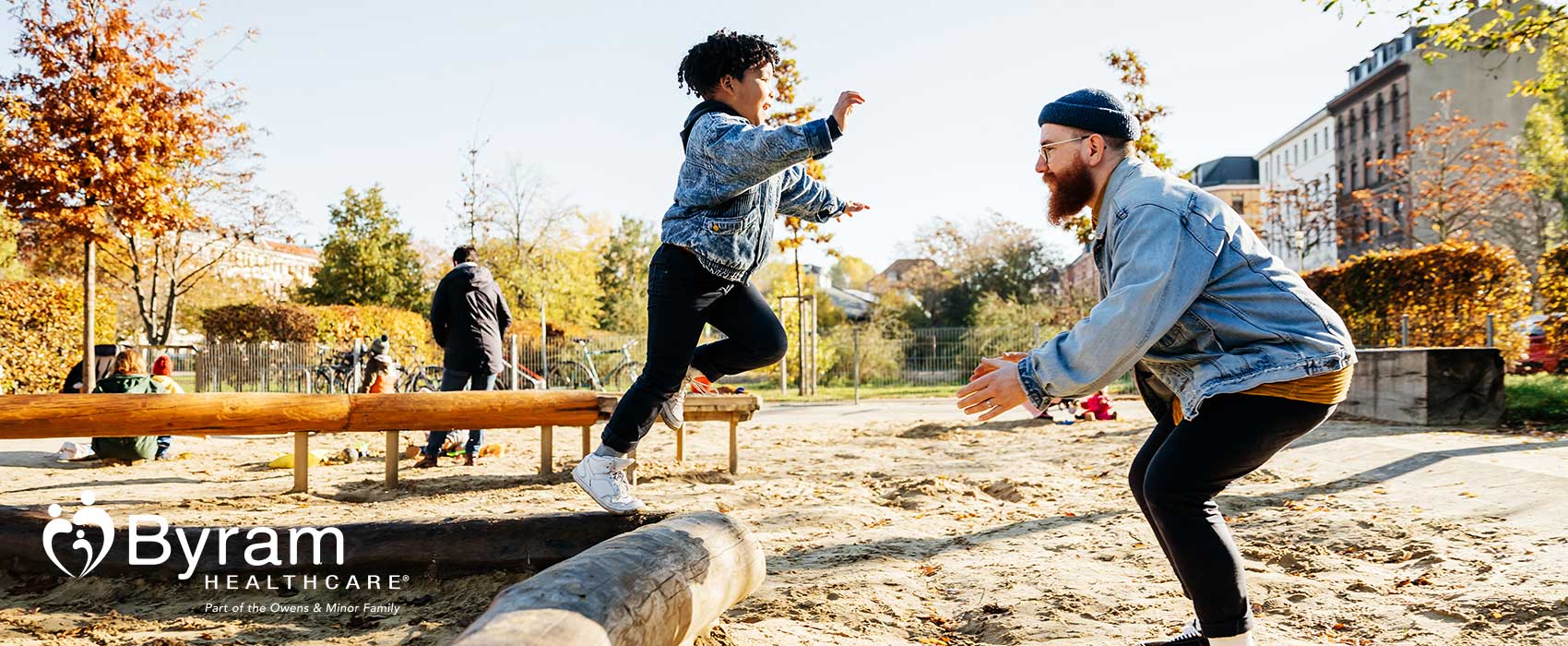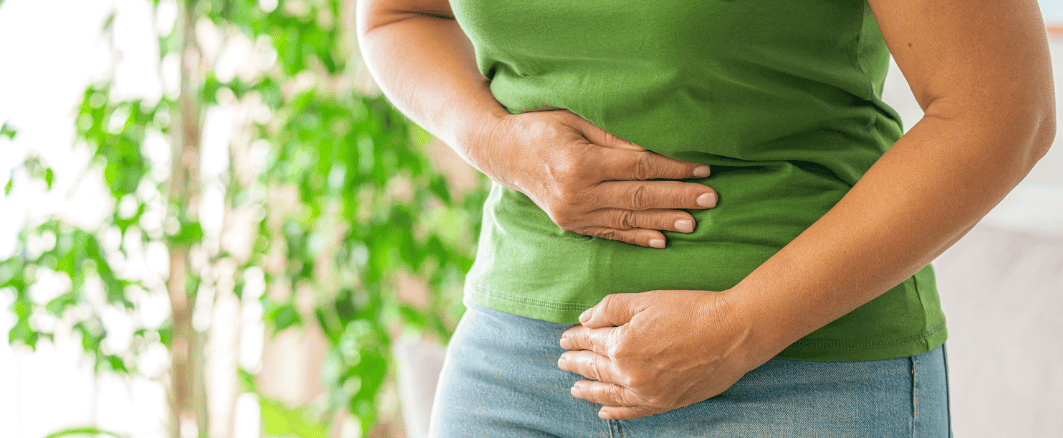
Your body’s digestive system is made up of millions of moving parts. It begins with your mouth and salivary glands when you chew your food in preparation for nutrient absorption. As the food travels down your esophagus and into your stomach, enzymes continue to breakdown the particles so they can be processed in your intestines. Your small intestines are primarily responsible for breaking down food and absorbing nutrients while your large intestines absorb any remaining nutrients, water, and salt to produce waste products that will leave the body through the rectum. If problems persist with how the large intestine, rectum, or anus perform, your body will need to expel waste in another manner. This is often achieved with a colostomy. Here, we’ll discuss some basic information on colostomies and what you should know about living with a colostomy bag.
Understanding Your Colon
When you need to undergo a colostomy, it’s often due to damage in one or more parts of your colon. Your colon is the portion of your intestinal tract that connects the small intestine to the rectum. It’s the last area in your digestive track for nutrients and water from your food to be absorbed into your bloodstream for cellular energy and function. Your colon includes the first four or five feet of the large intestine and performs various functions to assist digestion. There are three primary parts of your colon that can be affected, which include the ascending colon, the transverse colon, and the descending colon.
- Ascending Colon – this is the part of the colon that connects to the small intestine. It’s where food enters the large intestine and is located alongside the right side of your abdomen.
- Transverse Colon – this part of the colon runs across the upper part of your stomach and is considered the middle of the large intestine.
- Descending Colon – the descending colon connects your large intestine to your rectum and runs down the left side of your abdomen. This is where waste is processed from your transverse intestine and is turned into stool to be exited out of the body.
A colostomy is a surgery that’s done to remove one or more pieces of the colon or rectum. This is to ensure that your digestive tract remains functional, and disease doesn’t spread. During a colostomy, the healthy piece of the colon is transformed into a stoma, which is an artificial opening that exits through the abdominal wall. Colostomy surgeries are the most common type of ostomies performed and can either be temporary or permanent.
Some Tips for Living with a Colostomy Bag
While undergoing a colostomy will likely bring a lot of changes to how you navigate your daily life, you’ll still be able to do everything you love. With advancements in technology, ostomy products are manufactured to be as convenient and discrete as possible. To help you adapt to life with a colostomy bag, here are some helpful tips.
Wear Clothes You’re Comfortable in
Living with a colostomy shouldn’t restrict your style in any way. You can wear anything you’re comfortable in without interference from your pouching system. Most of the colostomy bags that are designed today are created in a way that allows for discretion. They blend in with your clothing and fit close to the body. There are also options for specialized colostomy clothing to help new ostomates feel comfortable and confident with their accessories. If you want more support, there are plenty of options for ostomy wraps, specialized underwear, and even decorative pouch coverings for your bag. As long as you feel good, you can wear any style of clothing you want.
Enjoy the Activities You Love
The same mentality goes for participating in activities. There are quite a few ostomy myths that circulate around the community, one of which says you will no longer be able to do the things you love. That is far from the truth. When you have a colostomy bag, you should be able to continue doing all of the activities that you’re passionate about. You can play in sports, go to work every day, and even have a thriving, healthy sex life with an ostomy. You may need to take a few extra precautions to ensure that your stoma stays healthy, and your pouch is firmly held in place, but there are plenty of specialized equipment to help you achieve this without having to sacrifice doing what you love.
Bathe Strategically
How you shower, for the most part, doesn’t change with a colostomy bag. You will not have to do anything special to clean out your stoma or ostomy, but you will need to make sure that you are proactive in keeping the peristomal skin clean, dry, and healthy. You can shower and take a bath with or without your colostomy bag, but avoid using any products that have alcohol, excessive fragrance, or oil on or around your stoma. These can cause problems with keeping your colostomy bag securely attached. If you’re worried about bathing, talk to your ostomy nurse about ostomy skin care tips and any special considerations.
Consider Your Diet
While it’s not necessary for you to completely change your diet after getting a colostomy, you may want to consider adjusting what you consume. Since your stool and gas will pass freely into your colostomy bag, many ostomates find that avoiding foods that are hard on the digestive system make for pouch management easier. Consider these great diet tips for managing a colostomy and talk to your doctor if you have any questions or concerns. If you’re experiencing ostomy odor, try to mitigate it with some additional accessories or ostomy odor management techniques.
Alter Your Medications as Necessary
After undergoing a colostomy, you may find that some of your medications are not as effective as they once were. This is because medications are being absorbed differently and less effectively with the absence of portions of your large intestine. Talk to your doctor about changing your medications and using something that’s more readily absorbed. There are plenty of options to switch from pill-based medications to liquid-based medications. Liquid-based medications give you the same benefits but are more easily absorbed in individuals living with a colostomy bag. If you’re taking medications that change your bowel movements, make sure that you tell your doctor so you can prepare for changes to your stoma output. Whenever you’re prescribed a new medication or begin taking new over-the-counter medicines or supplements, talk to your doctor about how it may affect your ostomy.
Get Comfortable Changing Your Pouch in Public
Whether you’re at home or out in public, you’ll need to get comfortable with changing your ostomy pouch. Your doctor or ostomy nurse will walk you through the steps while you’re still in the hospital, but many new ostomates get nervous about changing their pouch in public restrooms. Before venturing out, practice pouching in difficult situations in the comfort of your home. Test yourself with changing your pouch in a space that’s reflective of a public bathroom, especially one that may have fewer access to sanitary surfaces. Once you feel confident changing your pouch in public, you’ll remove any restrictions that were holding you back.
Get Support
Chances are that you’re going to have a lot of questions regarding your ostomy and that’s okay. Most new ostomates do. The key is making sure that you go to the right place to get answers that are actually helpful. There are plenty of great resources online to help you adapt to living with a colostomy bag, but one of the best things you can do is to find a local support group and attend meetings. There are plenty of great benefits of attending an ostomy support group, so don’t be shy. Try to keep a positive mind, remain open, and connect with like-minded individuals. You’d be surprised what connecting with others can do for your mental health during such a difficult transition.
To find a meeting, look on the list of support groups affiliated with The United Ostomy Associations of America (UOAA). UOAA is a national, 501(c)(3) nonprofit organization that supports, empowers, and advocates for people who have had or will have ostomy or continent diversion surgery. In addition to providing local options for support, they offer a variety of resources for new and existing ostomates.
Living with a colostomy bag means that you’re going to need an ostomy pouching system and supporting supplies to help ease discomfort and improve discretion. Byram Healthcare is committed to helping improve the life of people living with an ostomy. We offer a wide range of ostomy supplies and support systems alongside educational material as needed. Browse our product guide and get started on becoming a new customer today.




